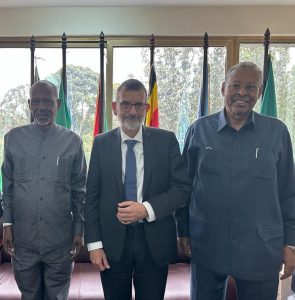World Day Against Child Labour is observed on June 12 every year. First observed by the International Labour Organisation (ILO) in 2002, the day is aimed at raising awareness to prevent child labour.
Also read: Raheem Sterling’s fight for racial equality honoured with MBE title
Meaning:
According to the ILO, child labour reinforces intergenerational poverty, threatens national economies and undercuts rights guaranteed by the Convention on the Rights of the Child.
“The number of children in child labour has risen to 160 million worldwide – an increase of 8.4 million children in the last four years due to the impacts of COVID-19,” an ILO report states.
Also read: G7 leaders kick-off summit addressing COVID vaccine donation pledge
The ILO defines child labour as “work that deprives children of their childhood, their potential and their dignity, and that is harmful to physical and mental development.” It may constitute work that is mentally, physically, socially or morally dangerous and harmful to children and/or interferes with their schooling.
Significance and theme:
On this year’s World Day Against Child Labour, a ‘Week of Action’ will be launched by the ILO. A global estimate on child labour could be released. Taking place when “the COVID-19 crisis threatens to reverse years of progress,” this is the first World Day since the universal ratification of the ILO’s Convention No 182 on the Worst Forms of Child Labour.
Also read: Teen who captured George Floyd’s death gets special citation by Pulitzer Board
ILO states that various events and activities will be carried out during this week, giving regional, national and international organisations an opportunity to carry out their ‘2021 Action Pledges’.
According to the United Nations, almost one in 10 children are child labourers. The number has declined by 94 million since 2000. Target 8.7 of the UN Sustainable Development Goals calls for an end to child labour in all its forms by 2025.






